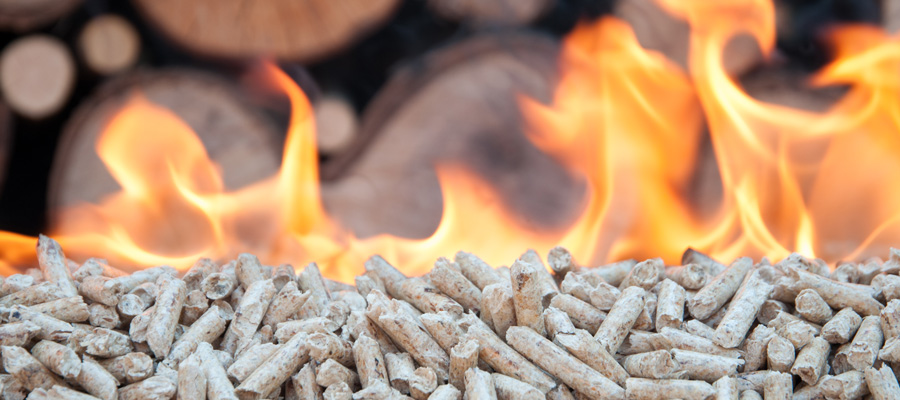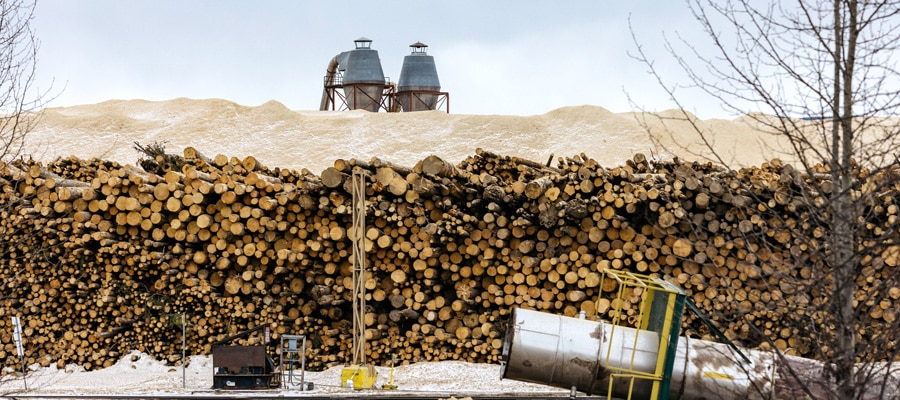“Burning a little gas” to fire up our natural gas indusry? Let’s give our heads a shake.
With each passing month and no firm commitments by company shareholders to commit the billions of dollars required to build a natural gas pipeline to B.C.’s west coast or the billions more to build Liquefied Natural Gas processing plants, questions arise about the economic wisdom of gas exports from the province.
But that isn’t stopping our government leaders from offering every inducement they can to energy companies to try and entice them to enter the global footrace to export LNG to Asian markets.
The latest inducement, came a few weeks back when Premier Christy Clark announced before an audience of business leaders in Vancouver that her government would declare natural gas a “clean” fuel if the gas in question was used to power-up LNG plants.
Only months earlier, Clark and provincial Energy Minister Rich Coleman had unveiled the government’s alleged “strategy” for exporting LNG from the province. At the time, they had boasted that were LNG processing plants to be built on B.C.’s coast (the likely candidate sites for such plants being Kitimat, where two facilities have been proposed, have received environmental approvals and been granted rights to export gas by the National Energy Board, or Prince Rupert) the first to be built would be among the greenest such facilities on earth because they would be powered on hydroelectricity.
But with natural gas prices in North America in the basement and likely to remain so for some time to come, the Premier and Energy Minister decided more recently to change the definition of what is green power. The reason for doing so is simple. To make LNG you need lots of power. The power is used to super-cool gas to the point where the gas turns to liquid form. This is what makes it possible for the gas to be loaded safely onto tankers for export.
Powering up a domestic LNG industry was always going to be a tall order with hydroelectricity as the power source. First, because of supply issues (see my recent report Fracking Up Our Water, Hydro Power and Climate) and also because of the negative price implications for residential hydro consumers (see senior CCPA economist Marc Lee’s and Simon Fraser University professor John Calvert’s recent study, Clean Electricity, Conservation and Climate Justice in BC).
But elsewhere in the world the power source for LNG plants has typically been provided by gas-fired turbines. By making the dubious claim that natural gas is “clean”, Clark is offering a further carrot to the industry, saying the industry is free to use the droves of cheap gas at its disposal as the energy source for any LNG plants. No doubt she has chosen to do so on the advice that it would be far cheaper for gas companies to use gas to power their plants than hydroelectricity.
If this will be enough to induce company shareholders to commit the funds needed to build such plants remains, however, a big question. As I point out in an op-ed in today’s Vancouver Sun, the economic viability of building LNG plants on our coast is looking more economically dubious by the day. But the much bigger question is what gas-fired LNG plants would mean for province as far as meeting our legislated greenhouse gas (GHG) emissions reduction targets is concerned.
NDP Energy Critic John Horgan has mused that he is not averse to “burning a little gas” to produce LNG, if the product is then sold overseas where it allegedly offsets the burning of dirtier fossil fuels such as coal. Putting aside whether or not such displacement would actually occur, there is no getting around the inconvenient truth that burning “clean” natural gas in the service of manufacturing LNG will result in skyrocketing GHG emissions and will wipe out any hope of our province meeting its climate change goals.
Topics: Climate change & energy policy, Environment, resources & sustainability, Fracking & LNG


